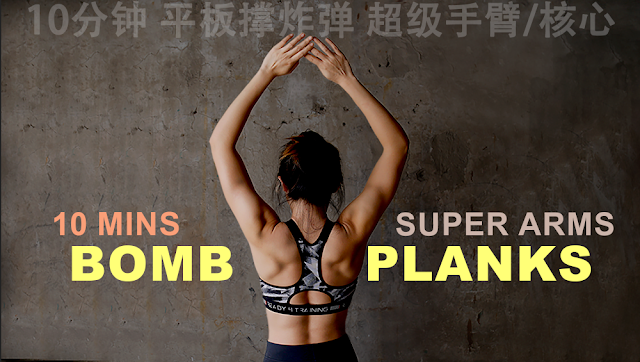What happens to your body when you do planks?

PLANK is recognized as one of the most effective ways to train your core and arms. I've sorted out the benefits of planking in detail for you: Strengthen the core muscle group strength , improve the exercise ability. The plank focuses on the core muscles, including the transverses, obliques, rectus abdominis, and buttocks. By doing planks, you can strengthen your muscles and improve your performance. Improve the body's basal metabolic rate. Plank exercises burn more calories than other lumbar and abdominal exercises. Improve balance ability. Stand on one foot with your eyes closed, perhaps for just a few seconds, before doing planks. Because your abdominal muscles aren't strong enough to provide the balance you need. When you do planks for a while, your lower back and abdominal muscles strengthen, and your balance improves accordingly. Reduce the risk of back and spine injuries. Doing planks can strengthen and strengthen the lower back and abdominal m...
